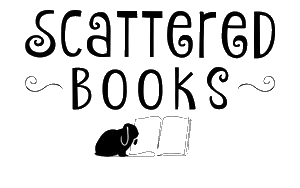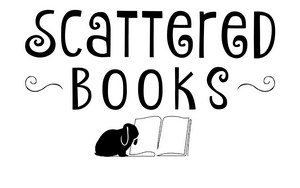
07 Oct Charlotte Brontë’s Jane Eyre: In-depth Book Review and Analysis
 Introduction:
Introduction:
Jane Eyre by Charlotte Brontë is a seminal piece that burgeons with profound themes and rich character development, making it a must-read for those intrigued by 19th-century literature. This review delves into the essence of Brontë’s narrative, examining its literary anatomy and socio-cultural underpinnings. Recommended reading age is 14 and above due to mature themes.
Summary:
The narrative follows Jane Eyre, an orphaned girl, who navigates a world often hostile towards her. Through her experiences at Lowood School, and later, at Thornfield Hall as a governess, the book explores themes of love, independence, and the struggle against societal expectations.
Analysis:
Jane Eyre stands robust in its storytelling and characterization, yet, its pacing can be tedious for modern readers. The book, through its meticulous narrative and a strong, independent protagonist, encourages dialogue on gender roles and social status, making it a significant read. Literary devices such as foreshadowing, symbolism, and irony are intricately woven into the fabric of the narrative. The storyline mirrors Brontë’s own life, echoing her reflections on women’s independence and social criticism.
Evaluation:
Readers who appreciate a blend of romance, social critique, and a journey of self-discovery would find Jane Eyre engaging. Compared to other works like Wuthering Heights by her sister Emily, Jane Eyre is less dark yet equally poignant. The book is highly recommended for its enduring relevance and insightful exploration of human emotions and societal norms.
Possible questions for a high school test:
- How does Jane Eyre challenge the societal norms of her time?
- Answer: By seeking independence, education, and challenging gender roles.
- Describe the symbolism of the ‘Red Room’ in the narrative.
- Answer: The ‘Red Room’ symbolizes Jane’s imprisonment and her fear of oppression.
- Identify and explain the use of foreshadowing in the narrative.
- Answer: Examples include Mr. Rochester’s disguises, hinting at his deceptive nature or the eerie laughter foreshadowing the revelation of Bertha Mason.
Awards and accolades:
While awards as we know them weren’t prevalent when published, the books critical acclaim has secured its place as a classic in English literature.
Functional details about the book:
- ISBN: Varies by edition
- Pages: ~500
- Publisher: Various publishers due to its public domain status
- First Published: 1847
- Adaptations: Numerous, including films, TV shows, and stage plays
- Genre: Novel, Bildungsroman
- BISAC Categories: Fiction / Classics
- Suggested Reading Age: 14 and up
Opening Excerpt of the book:
Excerpt from Jane Eyre | Penguin Random House Canada
Other Reviews:
Numerous reviews are available online, reflecting a high appreciation for its narrative and the protagonist’s strong character.
Where to buy the book:
Is this book part of a series?
No, it’s a standalone novel.
About the author:
Charlotte Brontë, born in 1816, was an English novelist and poet, the eldest of the three Brontë sisters, all of whom were literary figures. Besides Jane Eyre, she authored Shirley and Villette. Although not awarded in her time, her work has left an indelible mark on literature.






